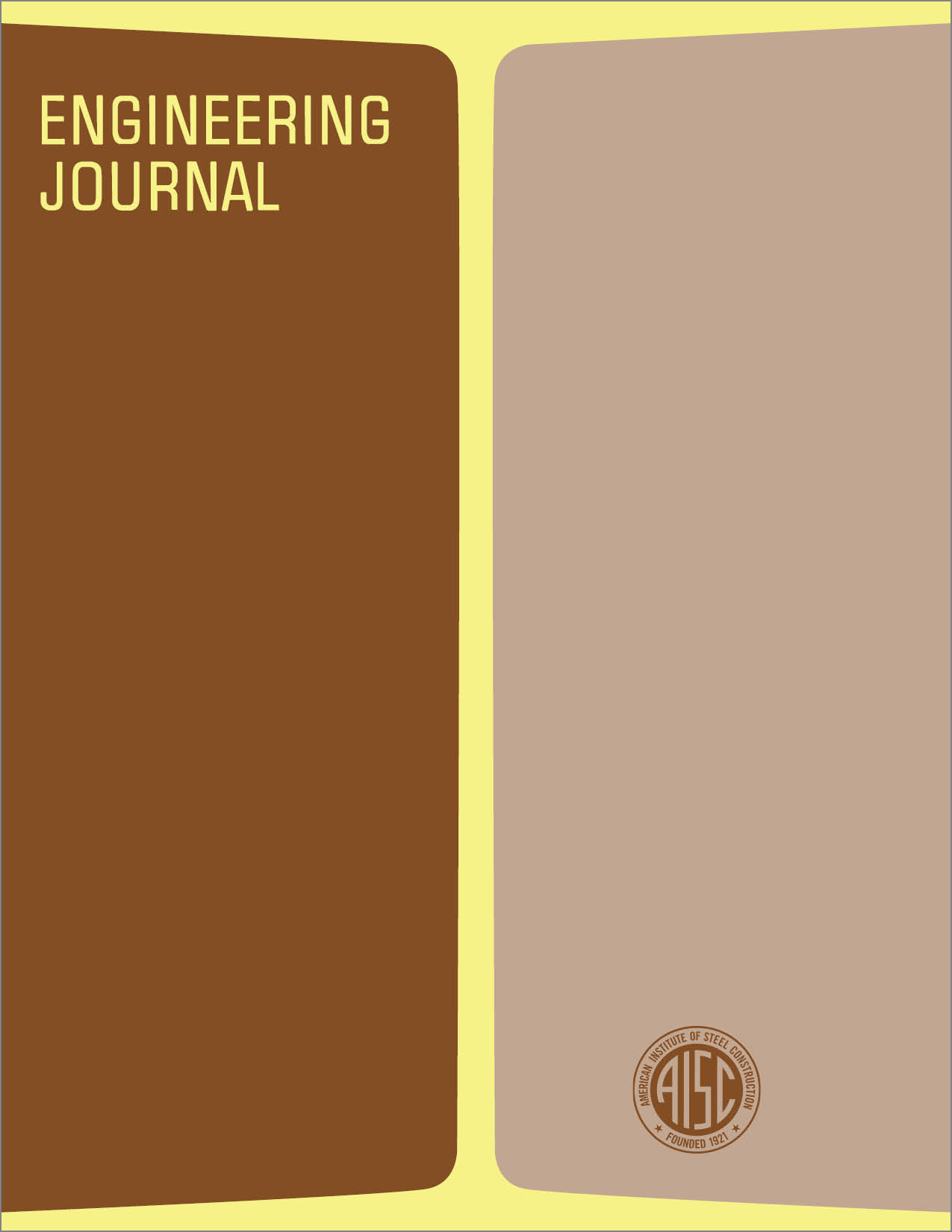Composite Floor System for Sears Tower
DOI:
https://doi.org/10.62913/engj.v10i3.212Abstract
Structural floor systems in high-rise steel buildings have usually taken the form of composite or non-composite rolled beam stringers which are spaced at 8 ft to 10 ft centers. In most cases, these stringers frame into moment-connected girders which are part of the traditional plane-frame system. The span of the stringer is governed by the economically feasible frame span and generally ranges from 20 ft to 40 ft. Therefore, the economic potential of floor systems beyond the 40 ft span for high-rise buildings has been inhibited to a large extent by the inefficiency of rigid frames over long spans in resisting lateral loads. Also contributing to the inefficiency is the indirect mode of load transfer from stringer to frame grider to columns. The design procedures for the most part have centered on determination of an acceptable frame span on the basis of required lateral resistance; the stringer system is then filled into this framework. The floor stringer subsystem has, therefore, played a secondary role in overall system optimization.

